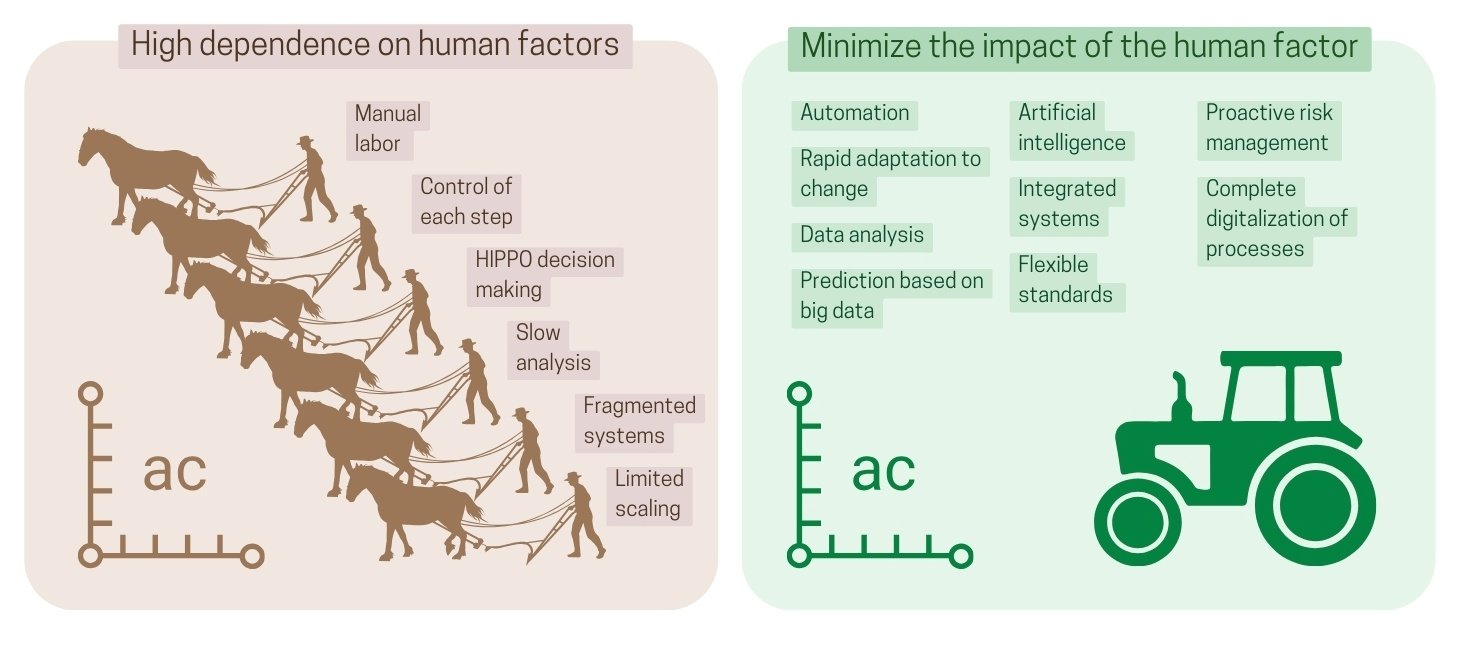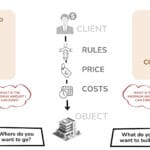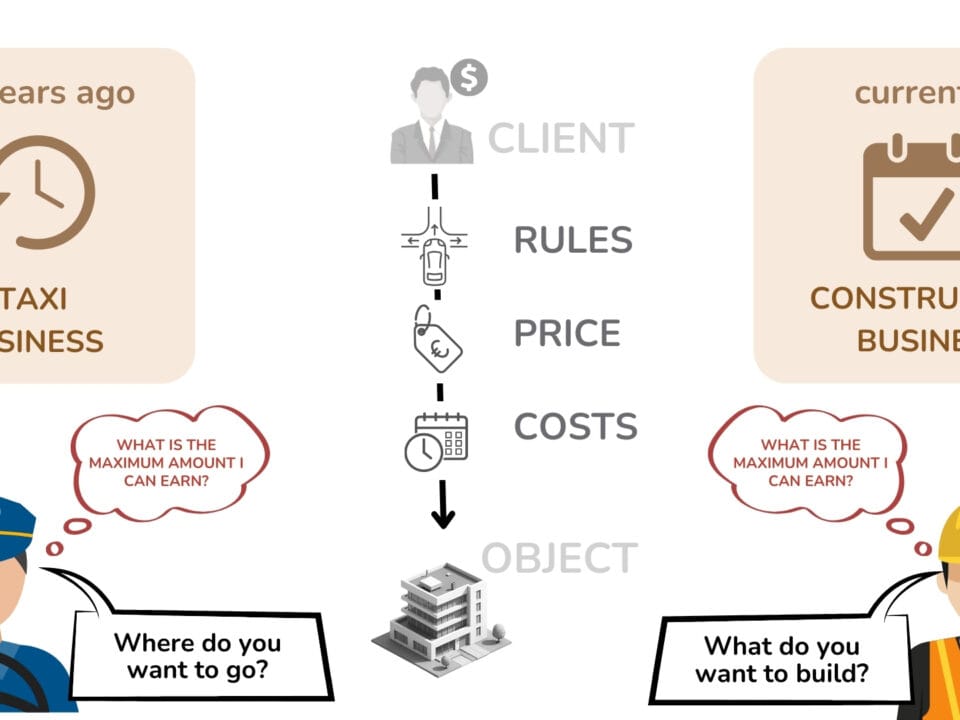Almost a century ago, mankind was already experiencing a similar technological revolution. The transition from steam engines to electric motors took more than four decades, but ultimately catalyzed an unprecedented increase in productivity – primarily due to the decentralization of energy capacity and the flexibility of new solutions. This shift not only changed the course of history, moving the bulk of the population from rural to urban areas, but also laid the foundation for modern economies. The history of technology is a journey from physical labor to automation and intelligent systems. Just as the tractor replaced scores of tillers of the soil, today’s digital technologies are replacing traditional office-based construction management methods (Fig. 10.1-3). As recently as the early 20th century, most of the world’s population worked the land by hand until the mechanization of labor with machines and tractors began in the 1930s.

Just as humanity a hundred years ago moved from cultivating individual plots of land with primitive tools to large-scale agriculture using machinery, today we are making the transition from processing disparate “silos” of information to working with arrays of data using powerful “tractors” – ETL-pipeline and artificial intelligence algorithms.
We are on the cusp of a similar leap – but on the digital plane: from traditional, manual business management to data-driven models.
The path to a full-fledged data-driven architecture will require time, investments and organizational efforts. But this path opens the way to not just gradual improvement, but a qualitative leap towards greater efficiency, transparency and manageability of construction processes. All this is subject to systematic implementation of digital tools and abandonment of outdated business practices.
Task parameterization, ETL, LLM, IoT components, RFID, tokenization, big data and machine learning will transform traditional construction into data-driven construction, where every detail of the project and construction business will be controlled and optimized by data.
It used to take thousands of man-hours to analyze information. Now these tasks are performed by algorithms and LLMs that turn disparate data sets with the help of prompts into strategic sources. In the tech world, the same thing that happened to agriculture is happening: we are moving from hoeing to automated agribusiness. So too, office work in construction – from Excel files and manual summarization – is moving to an intelligent system where data is collected, cleaned, structured and turned into insights.
Already today, companies should start “cultivating” information fields with the help of quality data collection and information structuring, and “fertilize” them with cleaning and normalization tools, and then “harvest” them in the form of predictive analytics and automated solutions. If a modern farmer with a machine is able to replace a hundred tillers of the soil, intelligent algorithms will be able to remove the routine from employees and transfer them to the role of strategic managers of information flows.
However, it is important to understand that creating a truly data-driven -organization is not a quick process. It is a long-term strategic direction, similar to creating a new site for growing a new forest (Fig. 1.2-5) of systems, where each “tree” in this ecosystem is a separate process, competence or tool that takes time to grow and develop. As in the case of a real forest, success depends not only on the quality of planting material (technology), but also on soil (corporate culture), climate (business environment) and care (systems approach).
Companies will no longer be able to rely solely on closed, out-of-the-box solutions. Unlike previous stages of technological development, the current transition to open data access, artificial intelligence, and Open Source is unlikely to be supported by large vendors because it directly threatens their established business models and core revenue streams.
As shown by the Harvard Business School study (F. N. a. Y. Z. Harvard Business School: Manuel Hoffmann, “The Value of Open Source Software,” 24 Jan. 2024), which has already been discussed in the chapter on the fourth and fifth technological revolutions, the cost of creating themost used Open Source solutions from scratch for all companies would be about 4.15 billion dollars. However, if we imagine that each company would develop its own alternatives without access to existing Open Source tools, which is what has been happening for the last decades, the total business costs could reach a colossal 8.8 trillion dollars – this is the price of irrational demand that the software market can be valued at.
Technological progress will inevitably lead to a rethinking of established business models. Whereas companies used to be able to make money from complex, opaque processes and closed data, with the development of AI and analytics this approach is becoming less and less viable.
As a result of democratization of access to data and tools, the traditional software sales market may shrink significantly. However, at the same time, a new market will grow – the market for digital expertise, customization, integration and solution design. Here, value will not come from license sales, but from the ability to build flexible, open and adaptable digital processes. Just as electrification and the advent of tractors have spawned new industries, so too will the application of big data, AI and LLM open up entirely new horizons for business in the construction industry, which will require not only technological investments but also a profound transformation of mindsets, processes and organizational structures. And those companies and professionals who realize this and start acting today will be the leaders of tomorrow.
In a world where open data is becoming a major asset, the availability of information will be a game changer. Investors, clients and regulators will increasingly demand transparency, and machine learning algorithms will be able to automatically identify discrepancies in estimates, timelines and costs. This creates the conditions for a new stage of digital transformation, which gradually leads us to the “uberization ” of the construction industry.




















